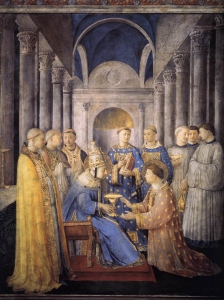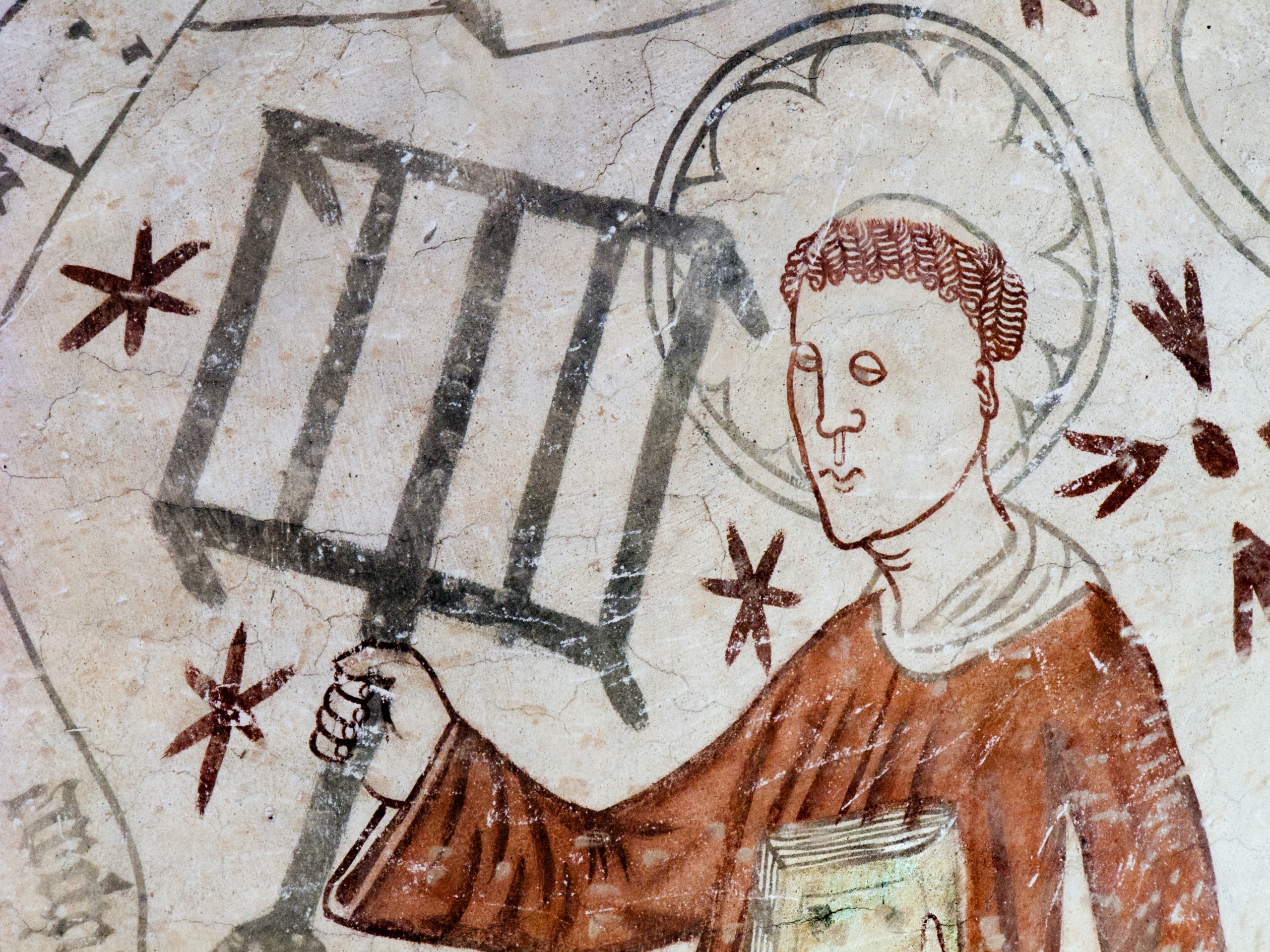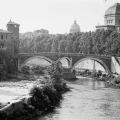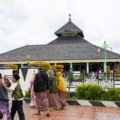In 2025, the 1,800th anniversary of the birth of Saint Lawrence offers a moment to reflect on a historical figure whose life has become deeply embedded in the cultural identity of Spain and Europe. Commemorated on April 25 by the Diocese of Rome, Lawrence’s life illustrates the intersection of historical fact and enduring legend—particularly through the story connecting him to one of history’s most evocative relics: the Holy Grail.
A principal site linked to Lawrence’s memory is the Basilica of San Lorenzo fuori le Mura (Saint Lawrence Outside the Walls) in Rome. Built in the fourth century by Emperor Constantine over Lawrence’s tomb, it has long been a major pilgrimage destination. The basilica also preserves relics of Saint Stephen, the first Christian martyr, reinforcing a tradition that associated Lawrence closely with Stephen. Both men served as deacons, cared for the poor, and were executed for their roles in the early Christian community.
From Huesca to Rome: A Historical Life
Lawrence was born around 225 CE in Osca (modern-day Huesca, Spain) to a Hispano-Roman family. Ancient accounts name his parents as Orentius and Patientia, figures held in high esteem within their local community.
Pursuing religious formation, Lawrence moved to Rome, where his administrative skill and charitable commitment led Pope Sixtus II to appoint him one of Rome’s seven deacons. He oversaw Church property and organized aid for the poor at a time when Christianity operated under frequent threat.

His leadership became critical during the 258 CE persecution under Emperor Valerian. After the execution of Pope Sixtus II, Roman authorities demanded that Lawrence surrender the Church’s assets. Instead, according to early sources, he presented the city’s impoverished population, declaring them the Church’s true wealth. His defiance led to his arrest and execution, traditionally described as death by roasting on a gridiron—a detail preserved in both early sermons and medieval compilations like the Golden Legend.
The Grail Tradition: A Story Across Centuries
The association between Lawrence and the Holy Grail draws on early Christian traditions. According to some accounts, Saint Peter brought the chalice of the Last Supper to Rome. Though no archaeological confirmation exists, fourth-century Roman liturgical texts refer to a venerated Eucharistic chalice, lending plausibility to the idea that a sacred vessel was honored there.
Rome’s Sancta Sanctorum, the papal chapel in the Lateran Palace, served as a repository for major relics. Although no documented record ties the Holy Grail directly to the city, medieval tradition—particularly the Golden Legend—holds that before his death, Pope Sixtus II entrusted Lawrence with protecting the Church’s treasures, possibly including the chalice.
A thirteenth-century fresco in San Lorenzo fuori le Mura, destroyed during World War II, once depicted Lawrence handing the relic to a Spanish soldier named Precelius, commissioning him to return it to Huesca.
The Grail in Spain: Local Memory and Tradition
Oral tradition and some medieval historical sources, such as Manuscript 136 kept in Valencia Cathedral, claim that Precelius fulfilled his mission, bringing the chalice to Lawrence’s family home in Loreto (near Huesca). Their home soon became a site of local devotion and remains so today, known as the Sanctuary of Loreto, preserving the historical and spiritual memory of this legendary event.
The story tells that, faced with the Muslim invasions of the eighth century, the relic was hidden and safeguarded in various monasteries across the Pyrenees. Later medieval chronicles, like Jerónimo Zurita’s sixteenth-century Annals of the Crown of Aragon, document this tradition, particularly highlighting the Monastery of San Juan de la Peña as its main guardian for centuries.
Ultimately, the chalice was brought to Valencia in 1415 by Queen Dowager Margarita de Prades and was deposited in the Cathedral of Valencia in 1437 by order of King Alfonso the Magnanimous. This transfer is firmly documented in the historical archives of the Kingdom of Aragon, establishing a clear historical connection to the present-day Holy Chalice of Valencia, which continues to be the subject of contemporary research.
Today, the “Way of the Holy Grail” pilgrimage route traces this journey across Aragon to Valencia, offering a cultural and spiritual experience that blends history, legend, and devotion.
A living cultural symbol
Whether or not the Holy Chalice of Valencia is the original cup of the Last Supper, the traditions surrounding it—and Saint Lawrence’s connection to it—have profoundly influenced European cultural history. From medieval romances such as Wolfram von Eschenbach’s Parzival to modern scholarship, the Grail continues to inspire inquiry and imagination.
Marking 1,800 years since Lawrence’s birth highlights the enduring significance of his story. His life – anchored between Huesca and Rome – embodies historical resilience and human dignity, leaving a legacy that continues to shape collective memory today.
This content comes to you in collaboration with The Way of the Holy Grail, Route of Knowledge, Way of Peace





